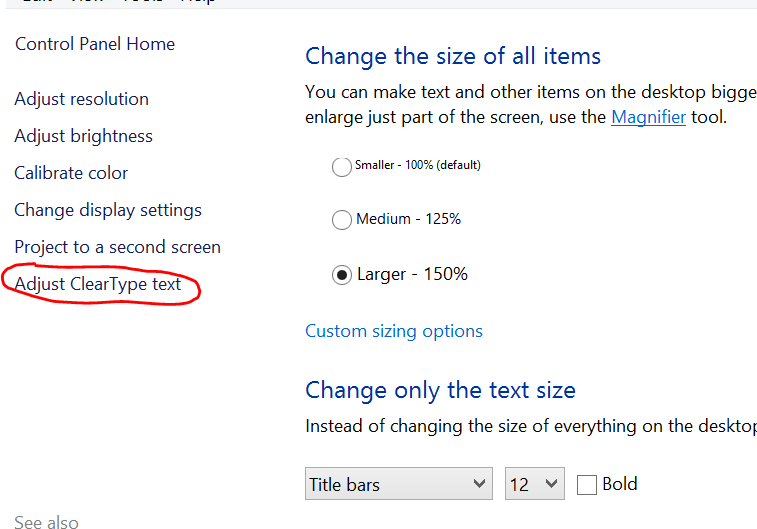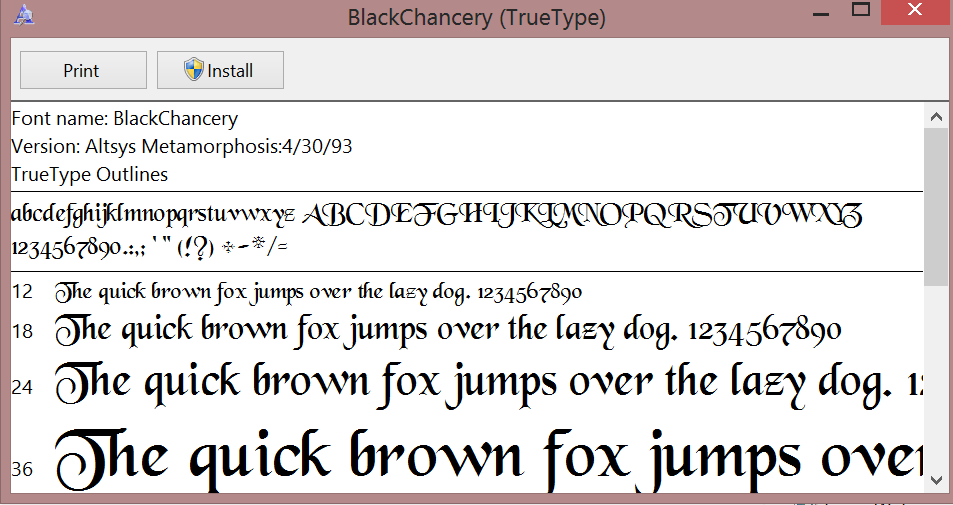Hi,
I'm having a great despair towards the fact that font smoothing in Windows family (especially the last 2 iterations of the family: windows 7 & 8) will remain less than its competitor, the OS X OS, for a very long time. Does anyone knows if Microsoft takes care of this font smoothing problem or not? I installed Office 2013 on Windows 7 and the fonts look so bad even when using MacType. The switch to a mac is very expensive for me so I'm still waiting impatiently for Microsoft to give this problem a great deal of care and cure but it seems like I'm waiting for ever
I've read news on the internet on different websites about Windows 8 will make support for retina displays (which will become the norm in next years) but I feel like all of these news were fake as Windows 8 has been released with fonts look even more crappy than before!
I'm having a great despair towards the fact that font smoothing in Windows family (especially the last 2 iterations of the family: windows 7 & 8) will remain less than its competitor, the OS X OS, for a very long time. Does anyone knows if Microsoft takes care of this font smoothing problem or not? I installed Office 2013 on Windows 7 and the fonts look so bad even when using MacType. The switch to a mac is very expensive for me so I'm still waiting impatiently for Microsoft to give this problem a great deal of care and cure but it seems like I'm waiting for ever
I've read news on the internet on different websites about Windows 8 will make support for retina displays (which will become the norm in next years) but I feel like all of these news were fake as Windows 8 has been released with fonts look even more crappy than before!

My Computer
System One
-
- OS
- Windows 7 x64
- Computer type
- PC/Desktop
- CPU
- Core i5 - Stock Speed
- Motherboard
- Gigabyte GA-UD3P
- Memory
- 8 GB
- Graphics Card(s)
- ATI Radeon HD 5450
- Monitor(s) Displays
- Samsung SyncMaster S22B300
- Screen Resolution
- 1920*1080
- Browser
- Firefox
- Antivirus
- Avast








